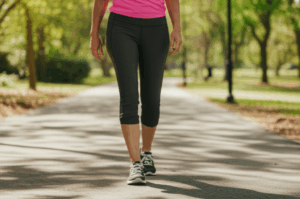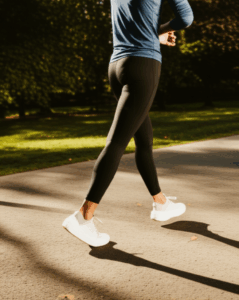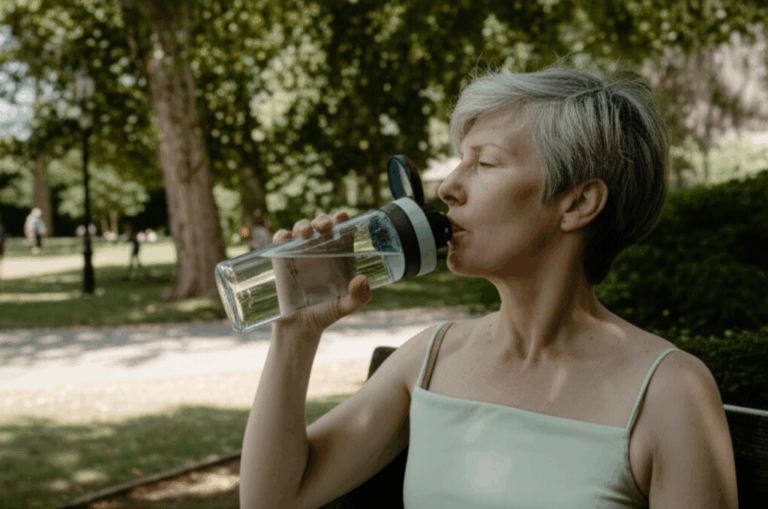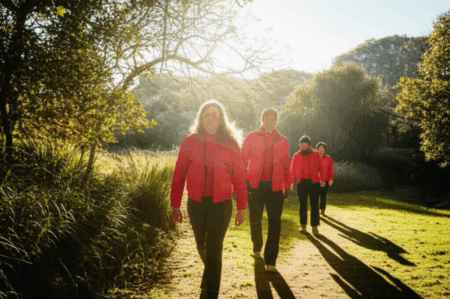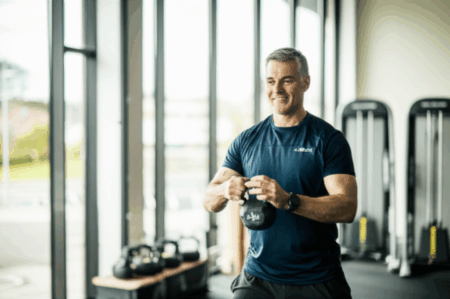Maintaining an exercise routine can be challenging when summer arrives, bringing with it warmer temperatures, vacation schedules, and changes to daily life. However, staying active throughout these months is crucial for overall health and well-being. By adopting strategic approaches and embracing flexibility, it is entirely possible to sustain or even enhance your fitness regimen. This guide outlines easy and effective ways to keep your exercise routine on track during the summer season.
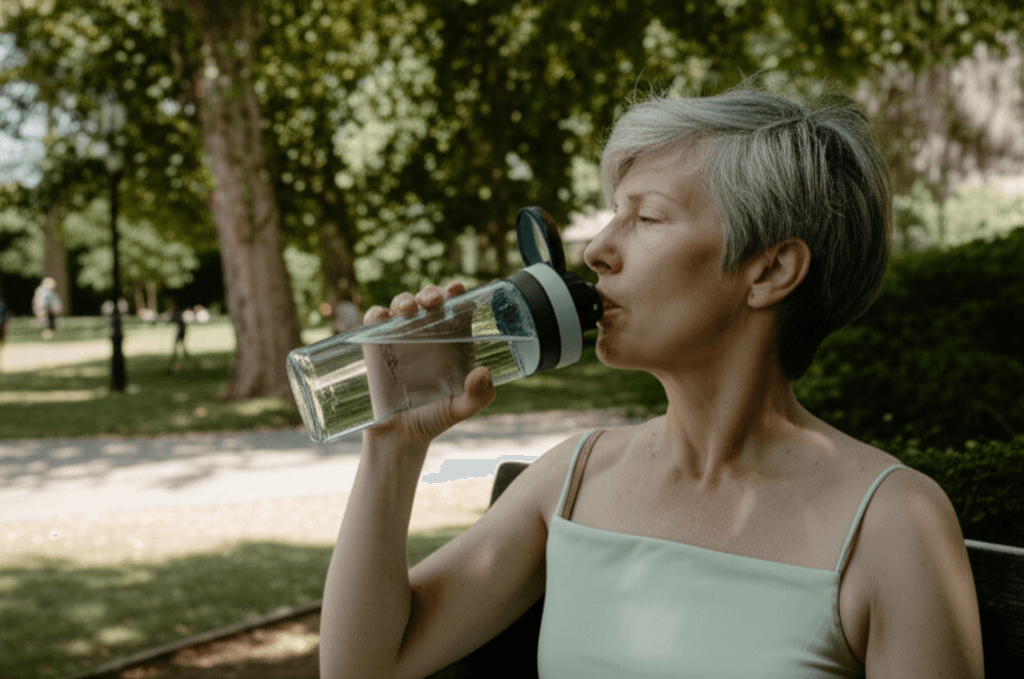
Adapting to the Summer Heat
The most significant challenge of summer exercise is often the heat. High temperatures and humidity can increase the risk of dehydration, heat exhaustion, and heatstroke. Proper adaptation is key to safe and effective workouts.
Timing Your Workouts
To avoid the peak heat of the day, plan your exercise for cooler hours. Early mornings or late evenings are ideal, typically before 10 a.m. or after 4 p.m. to 5 p.m., when temperatures are lower and the sun’s intensity is reduced. This not only enhances comfort but also significantly reduces the risk of heat-related illnesses.
Prioritizing Hydration
Hydration is paramount when exercising in warm weather due to increased fluid loss through sweat. Drink water before, during, and after your workout to replenish lost fluids. For longer or more intense sessions, consider sports drinks that contain electrolytes to replace essential minerals lost through perspiration, though be mindful of added sugars. A simple check of urine color can indicate hydration levels; light yellow urine suggests proper hydration. Reducing caffeine intake may also be beneficial.
Dressing Appropriately
Your choice of clothing plays a vital role in staying cool. Opt for lightweight, loose-fitting, and breathable fabrics such as cotton blends or moisture-wicking synthetics. Light-colored clothing can reflect heat, keeping you cooler than dark colors. Additionally, apply sweat-proof sunscreen with an SPF of at least 30, even on cloudy days, and consider wearing sunglasses and a hat or visor to protect yourself from harmful UV rays.
Listening to Your Body
It’s crucial to be aware of your body’s signals and the warning signs of heat-related illnesses like dehydration, muscle cramps, heat exhaustion, or heatstroke. Take frequent breaks in the shade, especially during outdoor activities. On extremely hot or humid days, reduce the intensity or duration of your workout, or consider moving it indoors. Allow your body time to adapt to the heat, which can take several days to a couple of weeks.

Embracing Flexible Exercise Options
Summer often brings changes to routines, including less access to gyms or different travel patterns. This season provides an excellent opportunity to explore new activities and modify your workout environment.
Outdoor Summer Activities
Take advantage of the pleasant weather by moving your workouts outdoors. Parks, trails, and beaches offer excellent venues for various activities.
- Walking and Running: Strategic walks can be highly effective, especially during cooler morning or evening hours, or by seeking out shaded trails. Even short, daily walks contribute significantly to activity levels.
- Cycling: Go for bike rides, seeking out shaded areas and riding during cooler times of the day.
- Swimming and Water Sports: Swimming is one of the best ways to exercise in the summer as it offers a full-body workout without overheating. Other water sports like paddleboarding, kayaking, or surfing also provide excellent low-impact, high-reward workouts.
- Outdoor Classes and Sports: Look for outdoor fitness classes or groups, or engage in sports like volleyball or frisbee on the beach.
Indoor Alternatives
On sweltering days or when outdoor options are limited, indoor workouts provide a convenient and safe alternative.
- Home Workouts: Utilize bodyweight exercises, resistance bands, dumbbells, or kettlebells. Online fitness programs and apps can offer structured routines and variety.
- Gyms and Fitness Studios: Head to an air-conditioned gym for traditional workouts on treadmills, exercise bikes, or for strength training. Many community centers also offer affordable indoor fitness classes like dancing or water aerobics.
- Indoor Walks: Malls or community centers can provide air-conditioned spaces for indoor walking.
Integrating Activity into Daily Life
Even without dedicated workout sessions, you can increase your physical activity by incorporating movement into your daily routine.
- Active Chores: Gardening, washing your car, or doing active housework like sweeping, mopping, or vacuuming can burn calories and keep you moving.
- Incidental Activity: Choose stairs over elevators, walk or bike for short errands, or incorporate movement while watching TV. Playing with children or walking your dog also counts as physical activity.
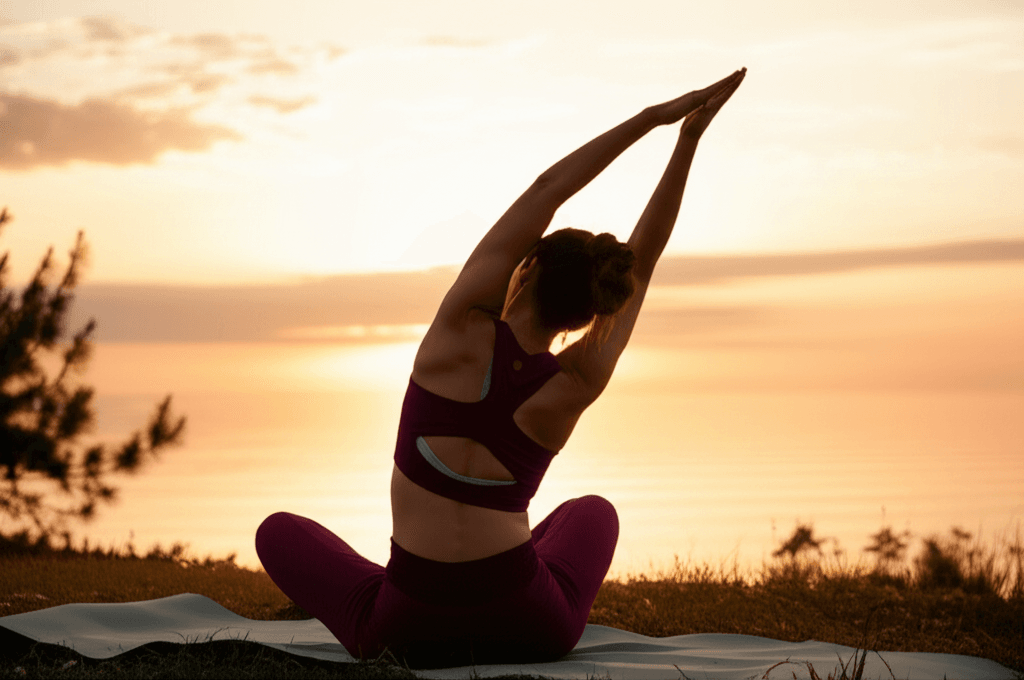
Strategies for Consistency and Motivation
Summer’s relaxed pace can sometimes lead to a slump in routine. Proactive planning and motivational tactics can help maintain consistency.
Planning and Scheduling
Create a realistic weekly plan, assessing your schedule and blocking out specific times for exercise. This gives your brain an obligation and makes you more likely to stick to your goals. Even short, quick workouts can be highly effective and easier to fit into a busy summer schedule.
Finding Accountability
An accountability partner, such as a friend, neighbor, or family member, can provide support, motivation, and encouragement. Regularly checking in with each other can make it easier to stay committed to your routine. Joining outdoor fitness classes or groups can also provide social interaction and motivation.
Focusing on Immediate Benefits
Shift your focus from long-term goals like “beach body” aspirations to the immediate, positive results of exercise. Tracking how workouts make you feel—happier, more energetic, less anxious, improved sleep—can be a powerful motivator for consistent activity. Monitoring your progress through a fitness tracker, journal, or app can also help you stay committed and visualize your achievements.
By being mindful of the summer climate and creatively integrating physical activity into your daily life, maintaining a consistent exercise routine can be an enjoyable and rewarding part of the season.

